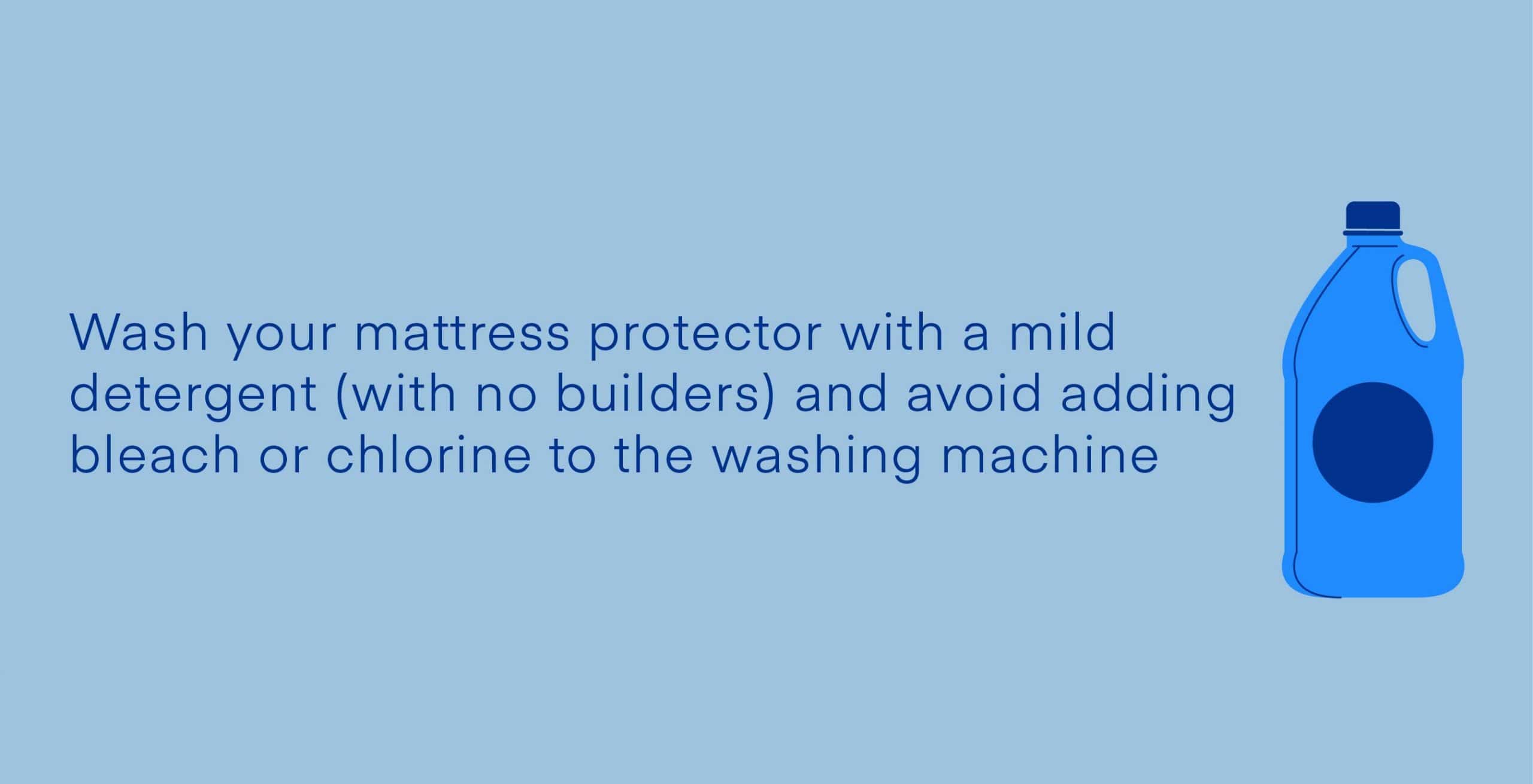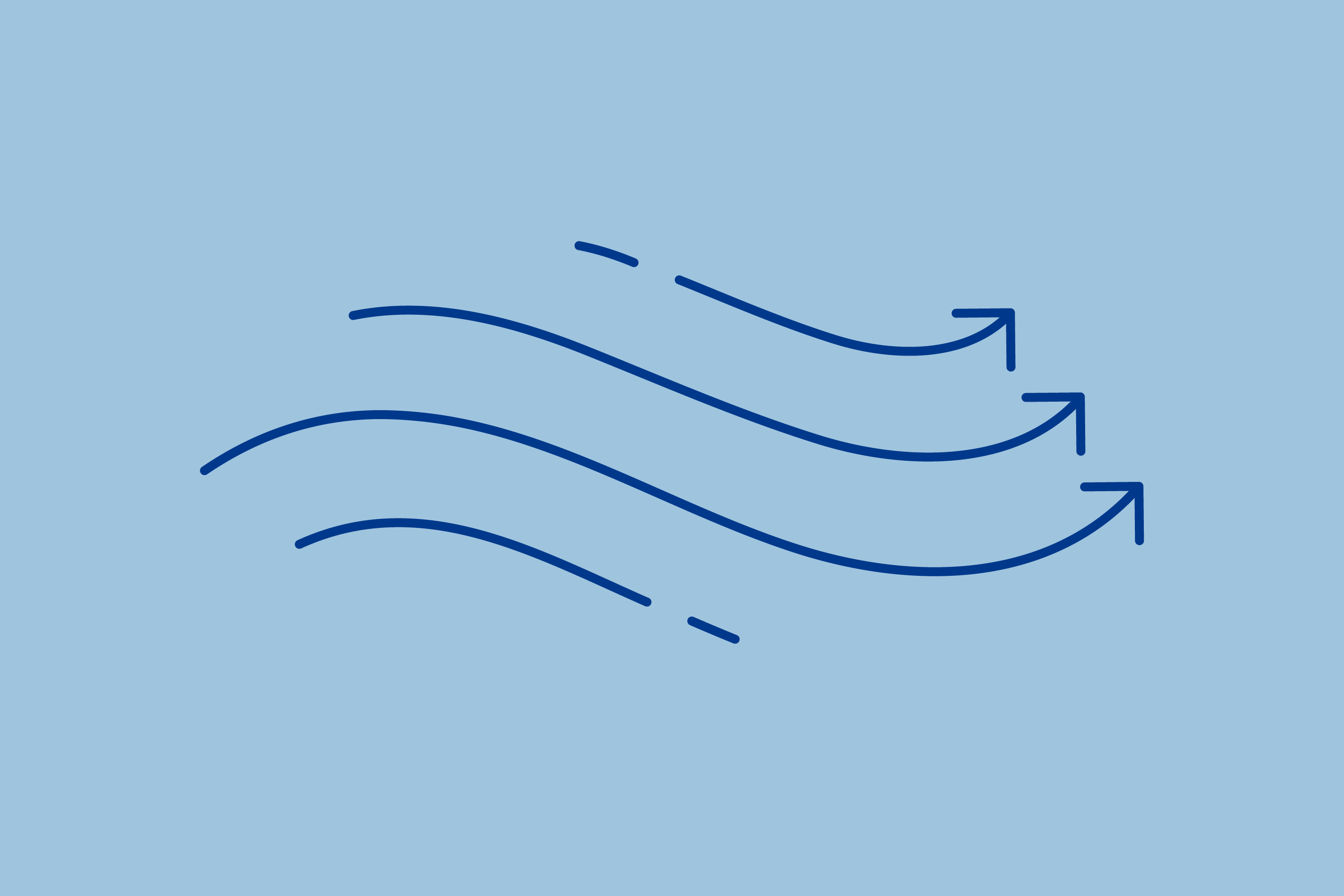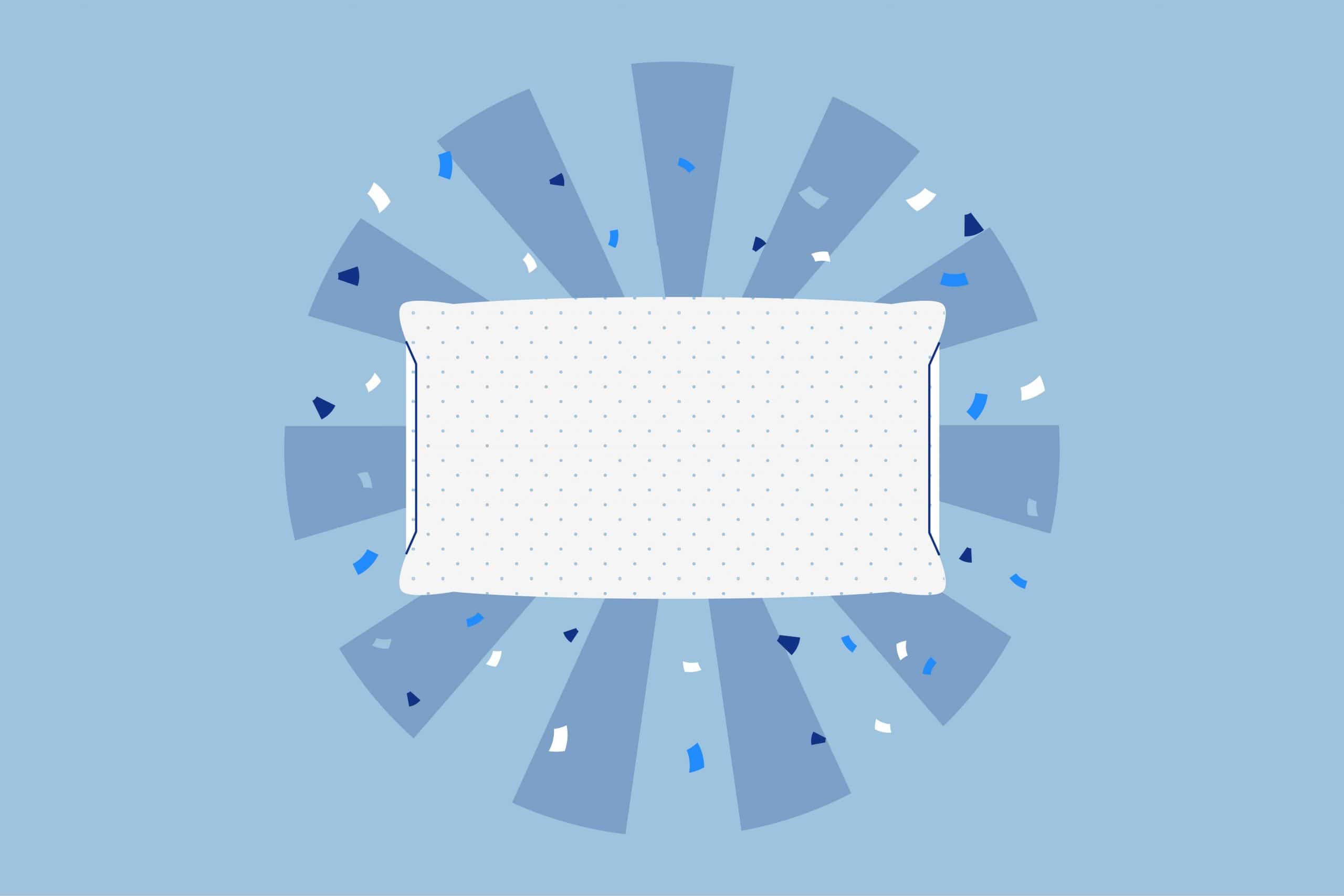Key Takeaways
- Regular Cleaning is Important: Mattress protectors serve as a barrier against stains, dust mites, and allergens, but they also accumulate bacteria and sweat over time. It’s important to clean them regularly to maintain their effectiveness and hygiene. A general guideline is to wash your mattress protector every one to two months.
- Specific Situations May Require More Frequent Cleaning: Depending on your circumstances, you may need to wash your mattress protector more often. For instance, if you have allergies, washing it every two to four weeks can help prevent allergen buildup. After an illness, it’s advisable to wash the protector to eliminate lingering bacteria. Additionally, immediate cleaning is necessary if you spill food or drinks on the protector.
- Proper Washing and Drying: Washing a mattress protector is typically straightforward, but it’s crucial to follow care label instructions. Use cold or lukewarm water, a mild detergent, and avoid bleach. After washing, you can either tumble dry the protector on low heat or air dry it. Avoid high heat settings and ironing to prevent damage to the waterproof lining.
Mattress protectors are thin casings that go over your mattress like a fitted sheet. They’re usually waterproof and protect your mattress from stains, dust mites, bed bugs, and more. A mattress protector collects lots of bacteria and sweat over time, so you need to clean it so it works effectively and is hygienic.
Since a fitted sheet goes over a mattress protector, the protector only has to be washed every one to two months (as opposed to every two weeks for a fitted sheet). However, always wash your mattress protector prior to using it for the first time to eliminate any odors and soften it.
In our article, we go over a few situations where you might need to wash your mattress protector more frequently, as well as general care guidelines.
Quick Guide: A 30-Second Summary
| Best Mattress Protector | Amerisleep Mattress Protector |
Guest Bedrooms: Quarterly
Always wash your mattress protector before and after guests’ visit. If the mattress protector isn’t being used regularly in your guest bedroom, there’s no need to wash it as often as other protectors.
However, you should still clean it every two to three months to avoid dust build-up and freshen up your guestroom mattress. As the protector washes, you can vacuum around the mattress and sprinkle a coating of baking soda to absorb odors and moisture.
Allergy Sufferers: Bimonthly
A dirty mattress protector might collect dust mites and dander, triggering allergic reactions. Then you could experience itchy eyes and throat, a runny nose, red splotchy skin, and swollen eyes. Ideally, wash your mattress protector every two to four weeks to prevent dirt build-up and allergic reactions.
Cold or Flu Sufferers: Post-Illness
It can be tricky enough to sleep during a bout of flu or a cold, so you likely won’t have the energy to do loads of laundry. But once a cold or flu has passed, wash your mattress protector (along with the rest of your bedding) to rid them of any lingering bacteria.
This way, your sleeping surface is clean and you prevent spreading your sickness Verified Source Centers for Disease Control and Prevention (CDC) The United States’ health protection agency that defends against dangers to health and safety. View source to anybody else in your household.
After Spilling Food or Drinks: Immediately
If you’ve spilled liquid or food onto your bed, wash your mattress protector immediately so no stains develop. If you just spill a glass of water in bed, there’s no need to wash your mattress protector since they’re waterproof.
However, you should mop up the excess water using a towel. For other spills and stains, clean off any food and absorb any liquid using paper towels before putting the protector in the washing machine.
While this may sound like a bit of work, it’s nothing next to what you need to do to dry a mattress after water damage.
Washing your protector after a spill or accident can also prevent mattress smells from developing from any lingering particles on the protector.
How to Wash a Mattress Protector
Mattress protectors are super easy to wash and typically washing machine-safe. Plus, every mattress protector size should be able to fit inside a standard home washer.
However, you should always check the laundry care label for exact wash instructions and exact temperatures. We don’t recommend dry cleaning mattress protectors, as the heat can ruin the waterproof material.
Wash With Cold Water
Either wash your mattress on its own or with like materials, such as bed sheets or soft clothing. Set your washer to the gentle or delicate cycle, and use cold or lukewarm water—avoid incredibly hot water as it damages the waterproof materials of your protector.
Use a Mild Detergent
Wash your mattress protector with a mild detergent (with no builders) and avoid adding bleach or chlorine to the washing machine. After the protector is washed, complete a rinse cycle to ensure all the detergent is out. Any leftover detergent can cause mold and mildew to develop.
Tumble Dry or Air Dry
Finally, you can either put your mattress protector in the dryer or air dry it under the sun or by a fan indoors. If you sleep with a fan on, you may be able to move the fan from the bedroom or set the protector up in your room to dry during the day.
If you choose to tumble dry it, do so with similar fabrics, but be sure to use a low heat and low tumble setting. After the topper is completely dry, it’s ready to use. Don’t iron your mattress protector as excessive heat damages the waterproof lining.

Don’t Neglect to Clean Your Mattress
While your mattress protector is being cleaned, it’s smart to steps to at least deodorize and freshen up your mattress, if not clean it entirely. This care routine doesn’t have to be intensive, it can be as simple as sprinkling baking soda on the surface of the bed and leaving it alone to absorb odors. Then, vacuum it up and run the vacuum over the crevices of the bed frame.
You also want to make sure you’re washing and caring for your other bedding, not just your mattress protector.
For pillows:
- How to Wash a Body Pillow
- How to Wash and Dry All of Your Pillows
- How to Fluff a Pillow
- How to Disinfect Your Pillow
For sheets:
- How Often Should You Wash Your Sheets?
- How to Make Sheets White with Household Items
- Can You Wash Sheets with Clothes and Other Items?
For blankets and other coverings:
- How to Clean a Comforter
- How Long Does It Take to Dry Clean a Comforter?
- How to Wash a Quilt
- How to Clean an Electric Blanket Safely
- How to Clean a Weighted Blanket
- How To Wash a Crochet Blanket
For other items of bedding:
- How To Clean a Memory Foam Mattress Topper?
- How to Get Pet Hair Out of Bedding
- How to Clean an Upholstered Bed Frame
And don’t forget all the accidents that having a mattress protector can help minimize the clean-up of, as our various guides discuss:
- How to Remove Urine Stains and Smell From a Mattress
- How to Remove Blood Stains on Your Mattress
- How to Get Poop Stains out of a Mattress
- How to Clean Vomit from a Mattress
- How to Remove Coffee Stains from Your Mattress
- How to Get Sweat Stains Out of a Mattress
- How to Remove Ink Stains from a Mattress
- How to Clean Water Stains From a Mattress
- How to Remove Makeup Stains from Mattresses
- How to Get Lint Balls off a Mattress
Mattress protectors also protect against these unwanted invaders:
- Signs You Have Fleas in Your Bed
- How To Treat Your Mattress For Lice
- How to Get Rid of Ants in Your Bed
- How to Get Rid of Bed Bugs in a Mattress
- How to Get Rid of Scabies From Mattress
- How to Spot Mold on Mattress
If you have a mattress with fiberglass and don’t want to risk cleaning up loose mattress fiberglass, a mattress protector can also be helpful here. However, it’s smart to use it only as a stopgap until you can replace the mattress.
FAQs
Do mattress toppers go on top of mattress protectors?
Mattress toppers go under mattress protectors since protectors are meant to encase the surface beneath you. While mattress toppers do protect your mattress to some extent, they’re more designed to add extra support and cushioning to your mattress. If your mattress with the topper is a bit thick, use a deep-pocket mattress protector so you don’t have to worry about it coming off.
Do you need a mattress protector?
Technically, mattresses are usable with or without a mattress protector, though they’re left vulnerable to dirt, dust, and stains. Protectors are generally inexpensive, simple to maintain, and prolong your mattress’s lifespan, so there’s no reason not to use one. We recommend using a protector with your mattress at all times.
Is a mattress protector the same as a fitted sheet?
While mattress protectors are attached to a fitted sheet, they’re different from a fitted sheet in a bedsheet set. Ideally, use both a mattress protector and a fitted sheet on your mattress.
Fitted sheets are soft casings you lay directly on top of and they’re mainly for comfort’s sake, but they also protect your mattress from dirt and stains. Mattress protectors, on the other hand, aren’t really comfortable to sleep on because they do not add any softness or comfort.
How many mattress protectors do you need?
It’s always a good idea to have at least two mattress protectors so you have a back-up. When one is being washed, you can just use the other. And, if by chance, your protector gets dirty later in the day, you can quickly replace it without having to launder it before you go to sleep.
How often should you replace your bedding?
You should replace your bedding pieces as follows:
- Mattress: Every 7 to 10 years
- Mattress Protector: Every 1 to 2 years
- Pillows: Every 1 to 2 years
- Bedsheets: Every 2 years
- Comforters and Duvets: Every 10 to 15 years
With regular maintenance, you can help your bedding last longer. However, if holes are developing, seams are tearing, or you notice yellowing on any of your bedding, it’s time to replace them.
Conclusion
Mattresses are a hefty investment, so by regularly washing your mattress protector, you guard your bed against debris and stains which can void the warranty and ruin the mattress. The general rule of thumb for washing your mattress protector is once every one to two months, though certain scenarios—being ill, having guests, or spilling food—slightly alter this timeline.
About the author
Geoff McKinnen is a writer focusing mainly on the healthcare industry and has written articles on everything from foods to help you lose weight to the connection between Alzheimer’s and sleep. Geoff’s passionate about helping readers improve their well-being to lead happier lives. Outside of work, Geoff enjoys cycling and hiking and believes that by leading a healthy lifestyle, he can help others do the same.
View all posts





